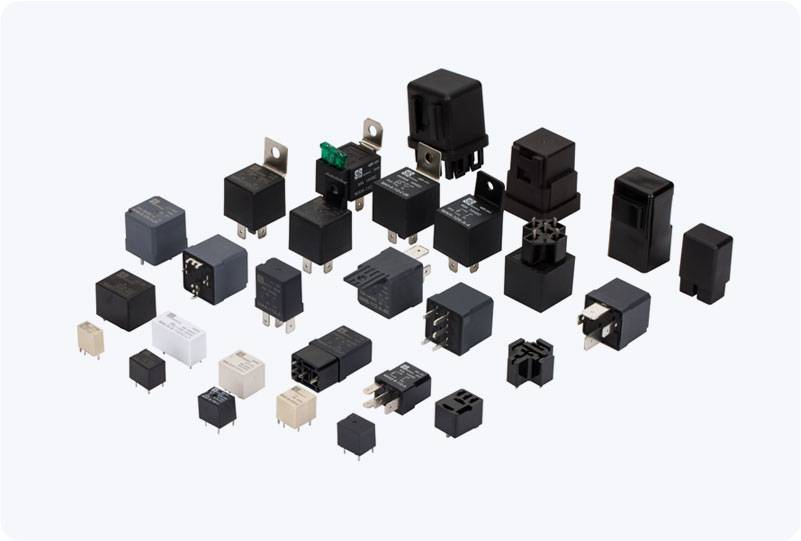understanding the 220v ac relay: key features, working principles, and applications
Release time:2025-07-21 14:10:42
A 220V AC relay is an electromechanical device commonly used in various electrical and electronic applications to control high-voltage circuits through low-voltage signals. By utilizing a small current to activate the relay's internal components, the relay can switch a larger current (220V AC) to power devices such as motors, lights, and other equipment. The 220V AC relay is widely used in both industrial and domestic settings due to its reliability, versatility, and ability to handle high-voltage loads safely. In this article, we will explore the working principles, key features, and common applications of the 220V AC relay.

How Does a 220V AC Relay Work?
At the core of a 220V AC relay is a coil of wire, often referred to as the electromagnetic coil. When a current flows through this coil, it generates a magnetic field. This magnetic field attracts a movable armature or iron core, which, in turn, activates or deactivates a set of electrical contacts. These contacts can be either normally open (NO) or normally closed (NC).
Normally Open (NO) Contacts: When the coil is energized, the contacts close, allowing current to flow through the connected high-voltage circuit. The relay thus acts as a switch, controlling the flow of electricity to larger devices such as motors or lighting systems.

